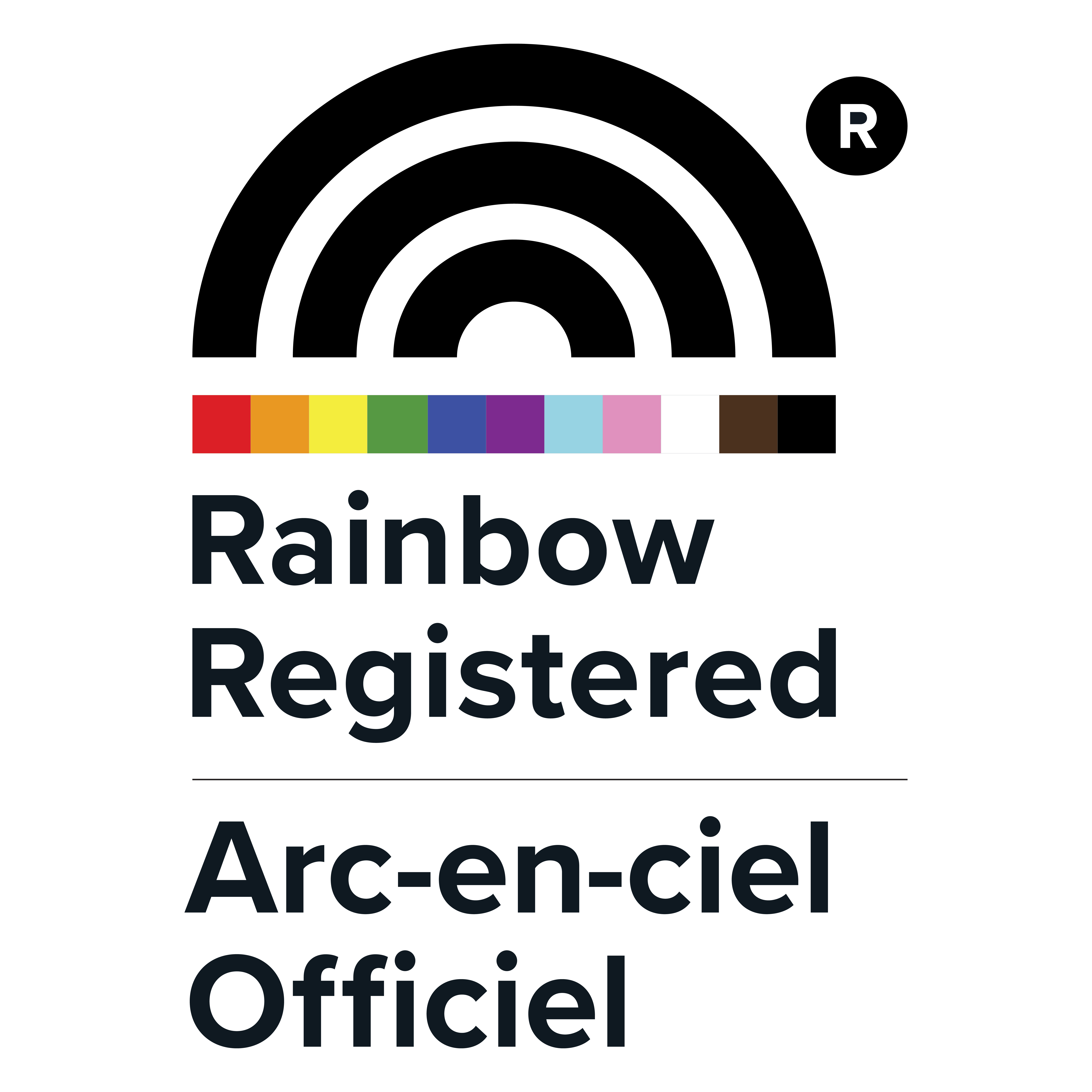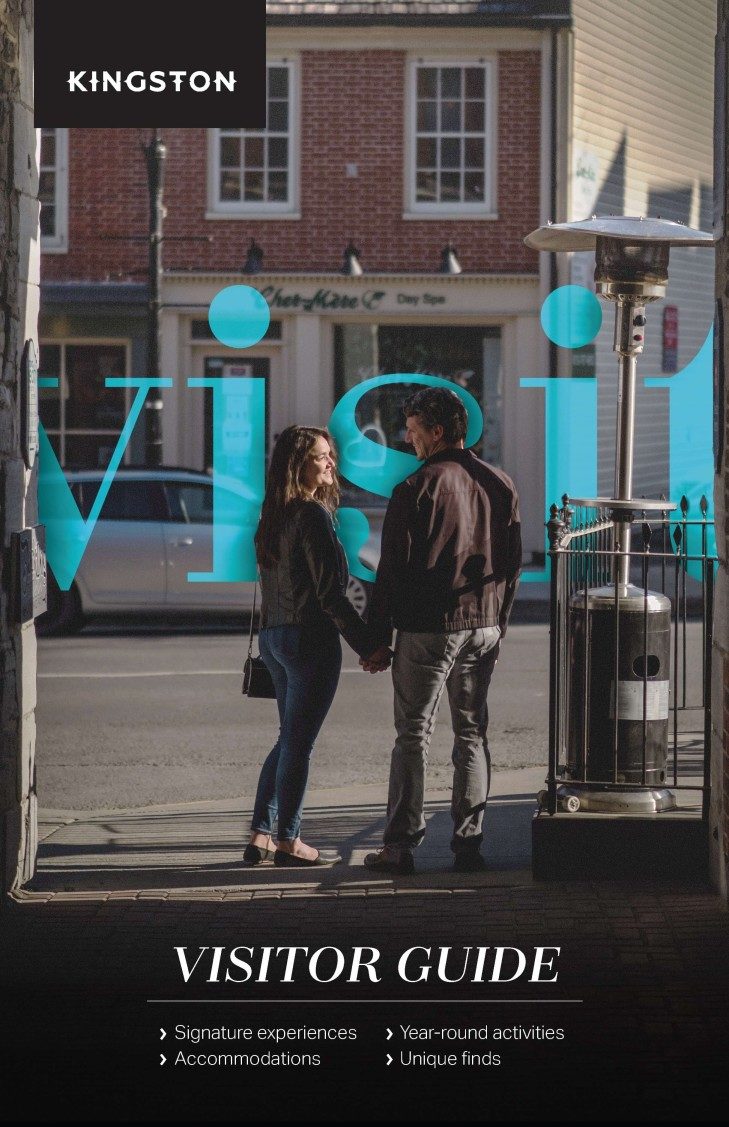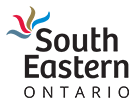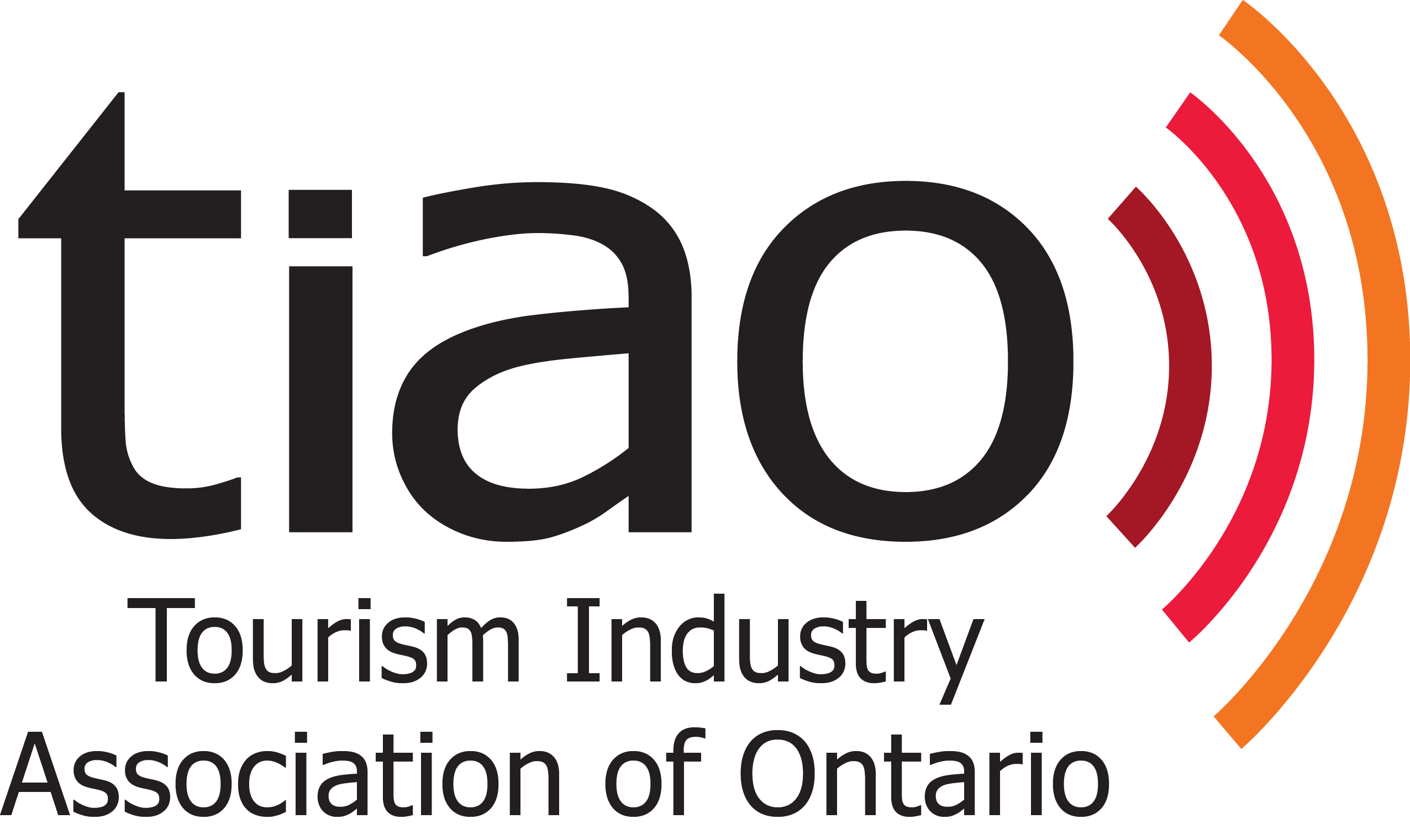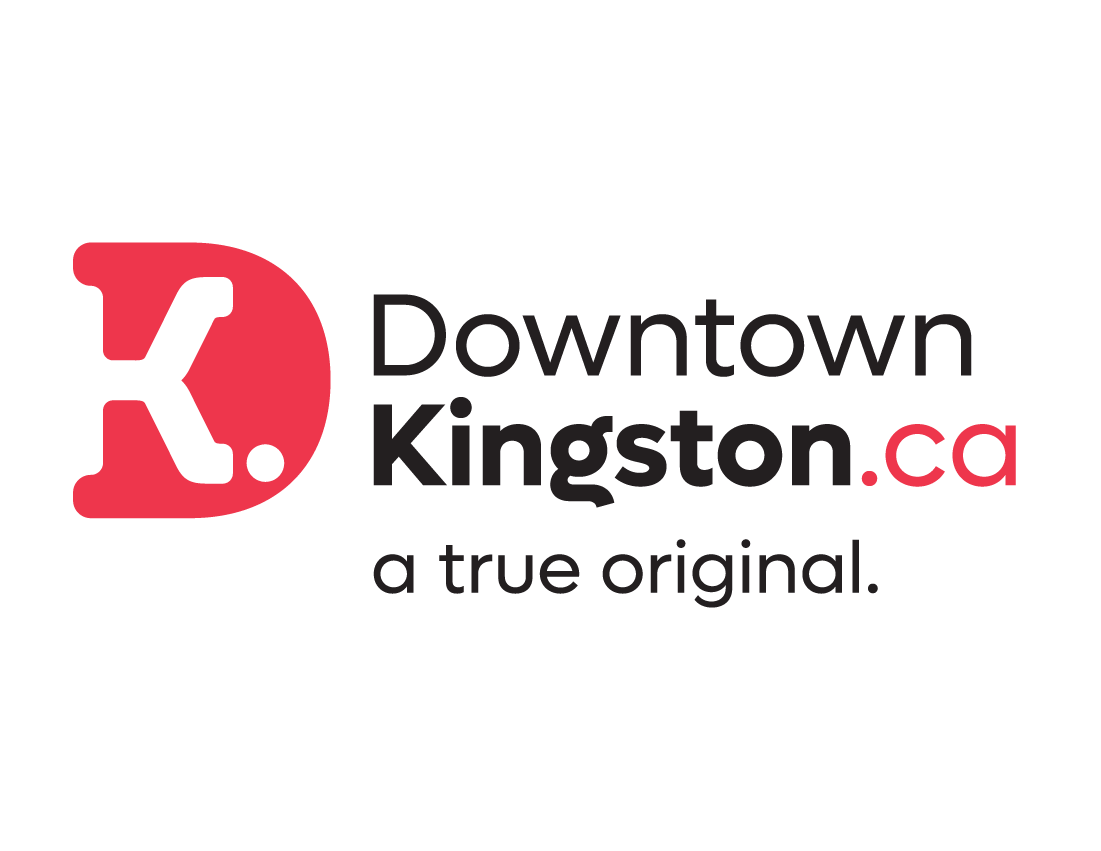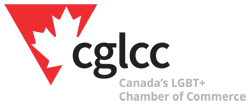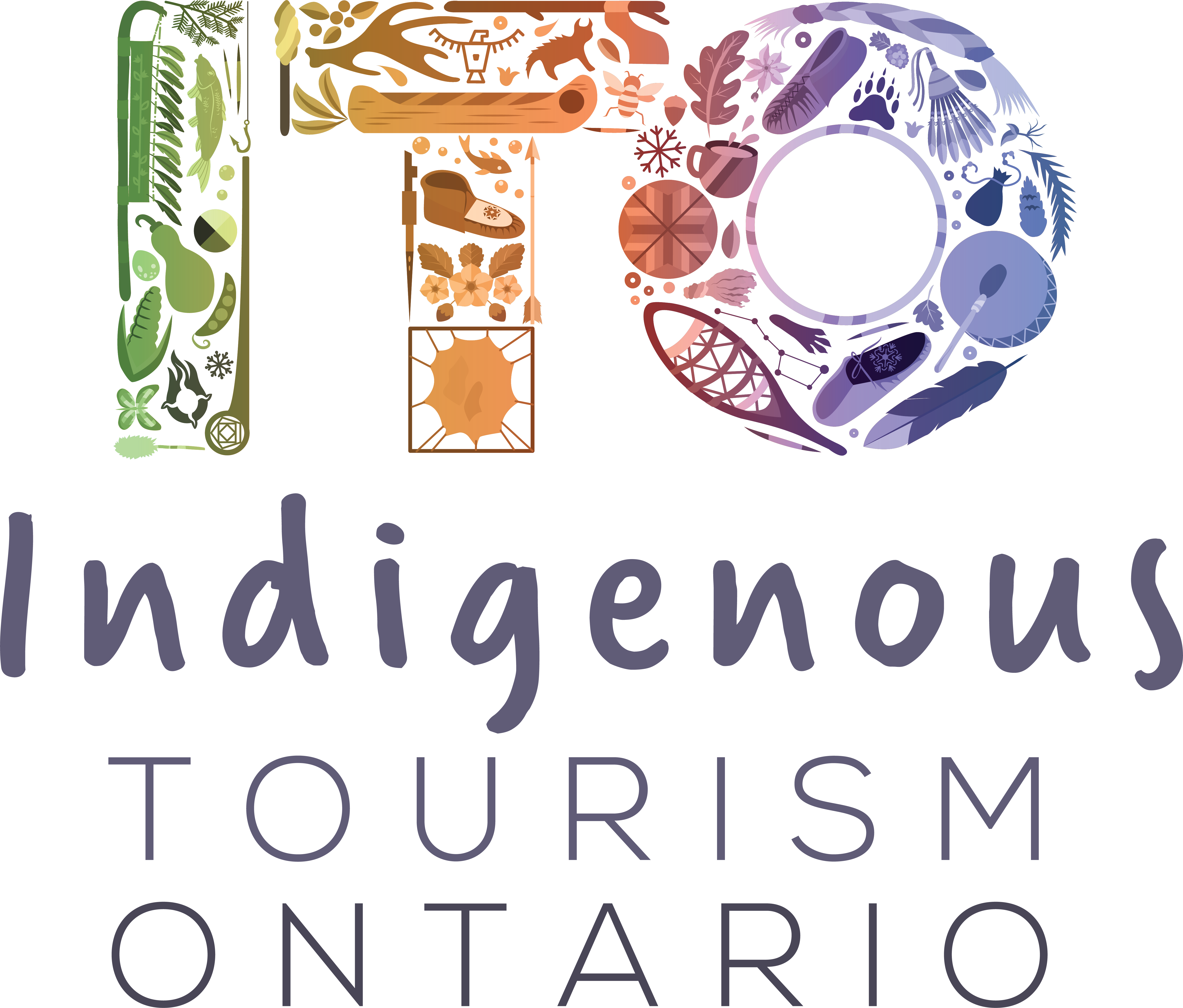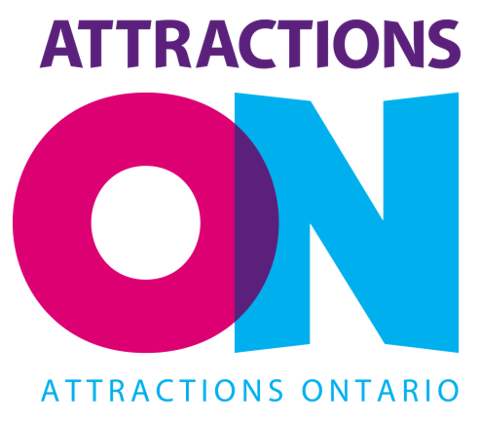Updated November 21, 2022
Quick Links – Federal
- Canada Emergency Business Account
- COVID-19: Travel, testing and borders
- Jobs and Growth Fund
- Tourism Relief Fund
- Tourism and Hospitality Recovery Program
Quick Links – Provincial
- COVID-19 Help for Businesses in Ontario
- COVID-19 worker and employee screening
- Digital Main Street: online store support, digital skills, business transformation
- Employer Health Tax Relief
- Ontario Restaurant Hotel and Motel Association (ORHMA): Dine Safe Buyers Guide
- Ontario Tourism Education Corporation: Tourism & Hospitality Emergency Response
- Tourism Industry Association of Ontario: Resources Updates and News
- Tourism Industry Association of Ontario: Safe Travels Stamp
Quick Links – Municipal & Local
- KFL&A Public Health: Guidance for Businesses and Workplaces
- City of Kingston: COVID-19 Updates
- Kingston EcDev: COVID-19 Resources for Small Businesses
Quick Links – Tourism Kingston
KFL&A Region status
Kingston’s public health measures are directed by KFL&A Public Health. Tourism Kingston works in collaboration with KFL&A Public Health and the City of Kingston.
Information about the status of cases and Kingston’s overall community status is available from KFL&A Public Health.
: Federal Travel health measures ended
For all travellers entering Canada by air, land or marine mode on or after October 1, 2022:
- Proof of COVID-19 vaccination is not required
- COVID-19 pre-entry and arrival tests are not required
- Quarantine after you enter Canada is not required
- Using ArriveCAN is not required
- if you’re flying into Toronto Pearson, Vancouver or Montréal-Trudeau international airports, you can still use ArriveCAN to complete your Advance CBSA Declaration to save time upon arrival
- Pre-boarding tests for cruise passengers are not required
- As always, travel documents are required
- Health checks to board planes and trains are not required
- Wearing masks on planes and trains is not required (It’s still strongly recommended that you wear a high quality and well-fitted mask or respirator while you travel)
If you have symptoms of COVID-19, you shouldn’t travel to Canada.
Learn more about arrival requirements
Government passes Tourism and Hospitality Recovery Program legislation (Bill C-2)
On December 16, 2021 the Senate just passed Bill C-2, An Act to provide further support in response to COVID-19, which is the legislation behind the Tourism and Hospitality Recovery Program (THRP).
1. The Government has passed legislation to provide support to the Tourism and Hospitality sector through the Tourism and Hospitality Recovery Program (THRP). The THRP will arrive as the Canada Emergency Wage Subsidy (CEWS) and Canada Emergency Rent Subsidy (CERS) programs wind down. As a reminder, CEWS and CERS programs ended on October 23rd, 2021, and the THRP applies retroactively to the 23rd of October.
2. What is the new Tourism and Hospitality Recovery Program?
The THRP is a targeted subsidy for the businesses in tourism, hospitality and events sectors. The THRP provides support through wage and rent subsidies of up to 75%. The THRP is expected to work similarly to the CEWS and CERS programs; applicants will provide evidence of revenue loss for reference periods that the government has designated from 2019. The program is proposed to continue until May 7, 2022. It is important to note that the subsidy rates are proposed to decrease by ½ from March 13 to May 7, 2022. The government has authority under the legislation to amend the program until July 2, 2022.
3. What are the eligibility requirements that businesses have to meet?
Businesses in the tourism, hospitality and events sectors that are included in the program must meet the two following criteria:
- An average monthly revenue reduction of at least 40 percent over the first 13 qualifying periods for the Canada Emergency Wage Subsidy (12-month revenue decline); and
- A current-month revenue loss of at least 40 percent.
What kinds of businesses are considered tourism, hospitality and event businesses?
4. The Government has provided a detailed list of businesses included in the program. The list can be found here. Generally, it includes businesses such as hotels, travel agencies, tour operators, transportation companies, artistic and cultural events organizers, museums, zoos, conventions and exhibits intended for public viewing.
5. When will applications be accepted for the new program? When can I apply?
Details about how businesses can apply and when they can apply are forthcoming.
6. How does this program apply to seasonal businesses?
The Coalition co-chairs and others have advocated that the operation of THRP be amended or interpreted in a way that enables seasonal business full access to the program. The government understands that the program as currently designed leaves some gaps and we remain actively engaged with them to develop solutions.
7. What are the subsidy rates under the THRP?
For qualifying businesses (based on industry status and a 40% revenue loss over periods 1-13) the subsidy beginning October 24 (period 22) would kick in where there is a 40% revenue loss over the corresponding period from 2019 (as per the existing rules under CEWS and CERS). For a 40% revenue loss the subsidy rate would be 40% and would increase to where a 75% revenue loss would generate a 75% subsidy, which is the maximum rate.
8. What are the significant changes relative to how CEWS and CERS operated?
Administratively, the programs will be similar with CRA providing the administration, although they need the additional step of ensuring the applicant falls within the list of eligible sectors. The equivalent to CERS (rent, mortgage, interest, insurance, property taxes) is enhanced from a maximum rate of 65% to 75% under the THRP. In addition, the affiliated entity cap has been raised from $300,000 to $1,000,000.


